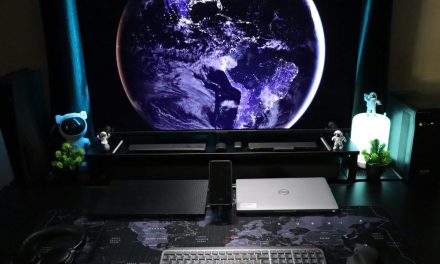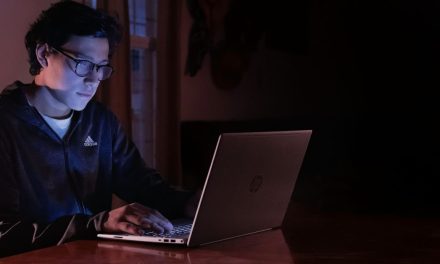The future of cybersecurity in the age of 6G will be defined by the challenge of securing a hyper-connected, intelligent, and physically-aware world, requiring a move towards fully autonomous, AI-driven security systems and a fundamental rethinking of data privacy.
As we stand in September 2025, 5G is still being fully realized here in Pakistan and across the globe. However, research and development into the next generation—6G—is already well underway, promising a future (primarily in the 2030s) of even greater speed and integration. This next leap will create a new set of profound cybersecurity challenges that will make today’s concerns seem simple by comparison.
1. Securing an Unprecedented Attack Surface
If 5G dissolved the network perimeter, 6G will make it a forgotten memory. The future vision of 6G is not just about connecting devices, but about creating an intelligent, digital fabric that is woven into our physical world.
- The Challenge: 6G will enable a world of ubiquitous connectivity, with trillions of embedded sensors, smart surfaces, and even brain-computer interfaces. The attack surface will no longer be just our phones and computers; it will be the walls of our buildings, the clothes we wear, and the vehicles we travel in. Securing this unimaginably vast and complex ecosystem will be a monumental task.
- The Future Defense: Security will need to be built into the very foundation of every material and device. A Zero Trust architecture will be the absolute, non-negotiable baseline for every single connection, no matter how small.
2. The ‘Network as a Sensor’ and New Privacy Risks
A key concept of 6G is using the network itself as a high-precision sensor.
- The Challenge: 6G is expected to operate in the terahertz (THz) frequency bands. These high-frequency radio waves can be used for things like high-resolution imaging and gesture recognition, effectively allowing the network to “see” and map its physical surroundings in real-time without a camera. While this has amazing applications, it also creates an unprecedented privacy risk. A malicious actor who compromises the network could potentially have a real-time, 3D map of the inside of your home or office.
- The Future Defense: The development of 6G will necessitate a new generation of Privacy-Enhancing Technologies (PETs) that are built into the very standard of the network. There will be a massive regulatory and ethical debate around how this “sensory data” can be collected, used, and protected.
3. The Convergence of AI and Quantum Threats
By the time 6G becomes a reality in the 2030s, both Artificial Intelligence and Quantum Computing will be far more mature, creating a new and highly potent threat environment.
- The Challenge:
- AI-Powered Attacks: The AI-driven attacks of 2025 will seem rudimentary by comparison. In the 6G era, we will face fully autonomous, AI-powered adversaries that can discover and exploit new vulnerabilities in real-time.
- The Quantum Threat: The timeline for a “cryptographically relevant” quantum computer that can break current encryption standards aligns closely with the timeline for 6G. This means the 6G network must be secure against both classical and quantum attacks from day one.
- The Future Defense: 6G security will be quantum-resistant by design. It will be built from the ground up using the Post-Quantum Cryptography (PQC) standards that are being pioneered today.
4. The Mandate for Automated, Intelligent Defense
The scale, speed, and complexity of a 6G network will make human-led cyber defense completely impossible.
- The Challenge: A security analyst will not be able to manually track threats across trillions of interconnected devices communicating in microseconds.
- The Future Defense: The defense of 6G networks will be almost entirely autonomous. The “digital immune system” concept being developed for smart cities today will become the standard. AI-driven security agents will be responsible for real-time threat detection, automated incident response, and the continuous, self-healing of the network. The human role will shift entirely to that of a strategic overseer, managing the AI defense systems rather than fighting the battles themselves.





